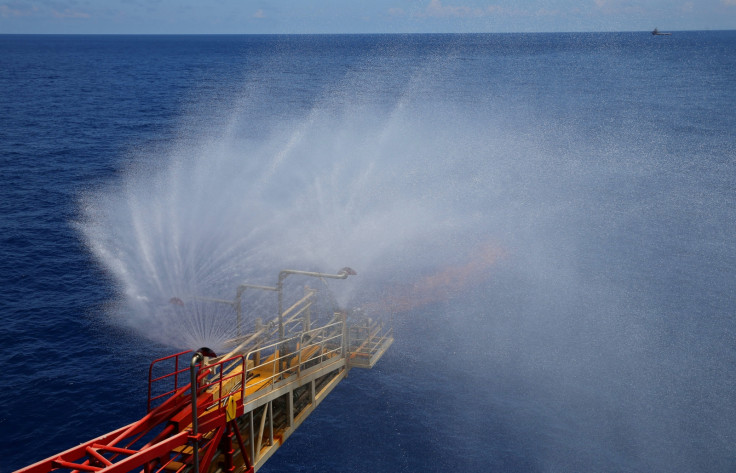China sets world record by extracting over 300,000 cubic metres of combustible ice in 60 days
Beijing's successful 60-day combustible ice mining trial marks a breakthrough in the search for alternative clean energy sources.

China has set a new world record after successfully extracting over 300,000 cubic metres of combustible ice, a type of natural gas hydrate, in the South China Sea in just 60 days.
Beijing's successful combustible ice mining trial marks a major breakthrough in the hunt for alternative clean energy sources.
Combustible ice is generally found in seabeds or tundra seas – regions which have low temperatures and high pressures required for the formation of the ice. It is flammable and can be ignited like solid ethanol, thus giving combustible ice its unique name.
One cubic meter of combustible ice is equal to 164 cubic meters of regular natural gas.
"It is considered a strategic alternative to oil and natural gas in the future," China Geological Survey Bureau's deputy director Li Jinfa said, according to the People's Daily China. "Not just China, the world at large sets eyes on it."
Li added that combustible ice would play a major role in China's economic development and energy security.
He also noted that other countries like Japan have begun combustible ice mining as well. But their operations have been stalled due to sand entering the production wells.
However, a new mining technique invented by Chinese scientists reportedly helped prevent sand from interfering with the mining and exploration.
Chinese media also reported that no methane leaks or geological hazards occurred during the successful trials.
Li said that the China Geological Survey Bureau intends to ramp up efforts and do further research in order to make combustible ice's commercial production more financially viable, and will focus on "green" exploitation of the new energy.
The combustible ice has reportedly been extracted from an area near Hong Kong. The test site is at a depth of 1,266 metres below sea level, Russian media outlet Sputnik reported.

© Copyright IBTimes 2025. All rights reserved.






















